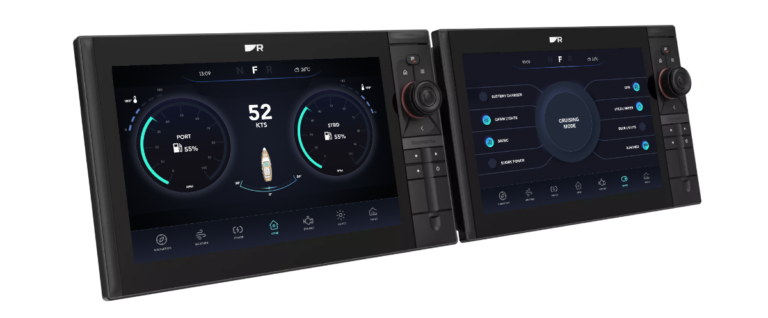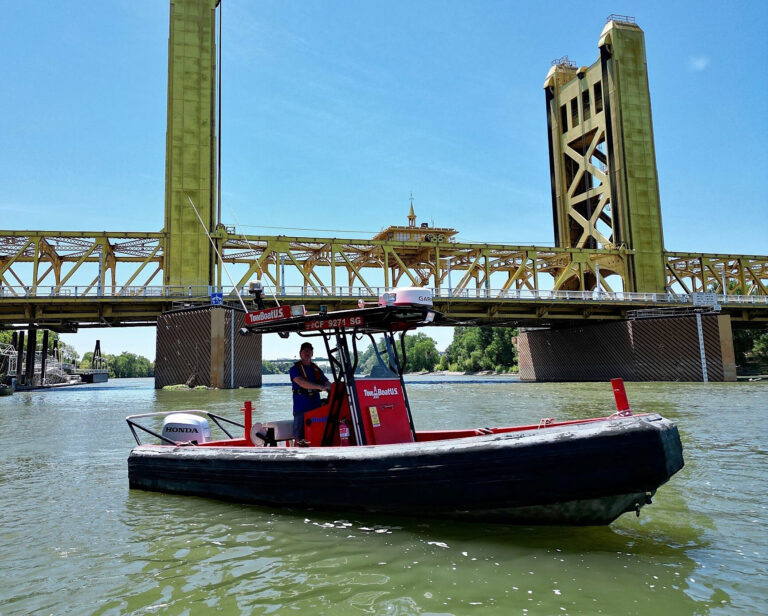
The National Oceanic and Atmospheric Administration this year will unveil a new model that will help the agency more accurately predict when and where high-tide flooding will likely occur up to a year in advance.
Partners in the program include NOAA’s National Centers for Environmental Information and the NOAA-supported Cooperative Institute for Marine and Atmospheric Research at the University of Hawaii.
“This new approach represents an important step forward in our ability to predict coastal flooding for months to years into the future,” Mark Osler, NOAA senior advisor for coastal inundation and resilience, said in a statement. “This advancement highlights NOAA’s commitment to serving coastal communities with the data and information they need to plan for the future.”
NOAA’s National Ocean Service plans to implement the model by the end of the year and will incorporate it into a new seasonal-to-annual coastal flood outlook, building on the agency’s online Seasonal High Tide Bulletin and High Tide Flooding Annual Outlook.
NOAA currently provides a range of dates each season when the tides will be highest. With the update, each day in the calendar year will be assigned a likelihood of flooding using tide predictions, sea-level rise trends and seasonal changes in coastal sea levels. This will help communities make risk-informed management decisions for vulnerable infrastructure.











